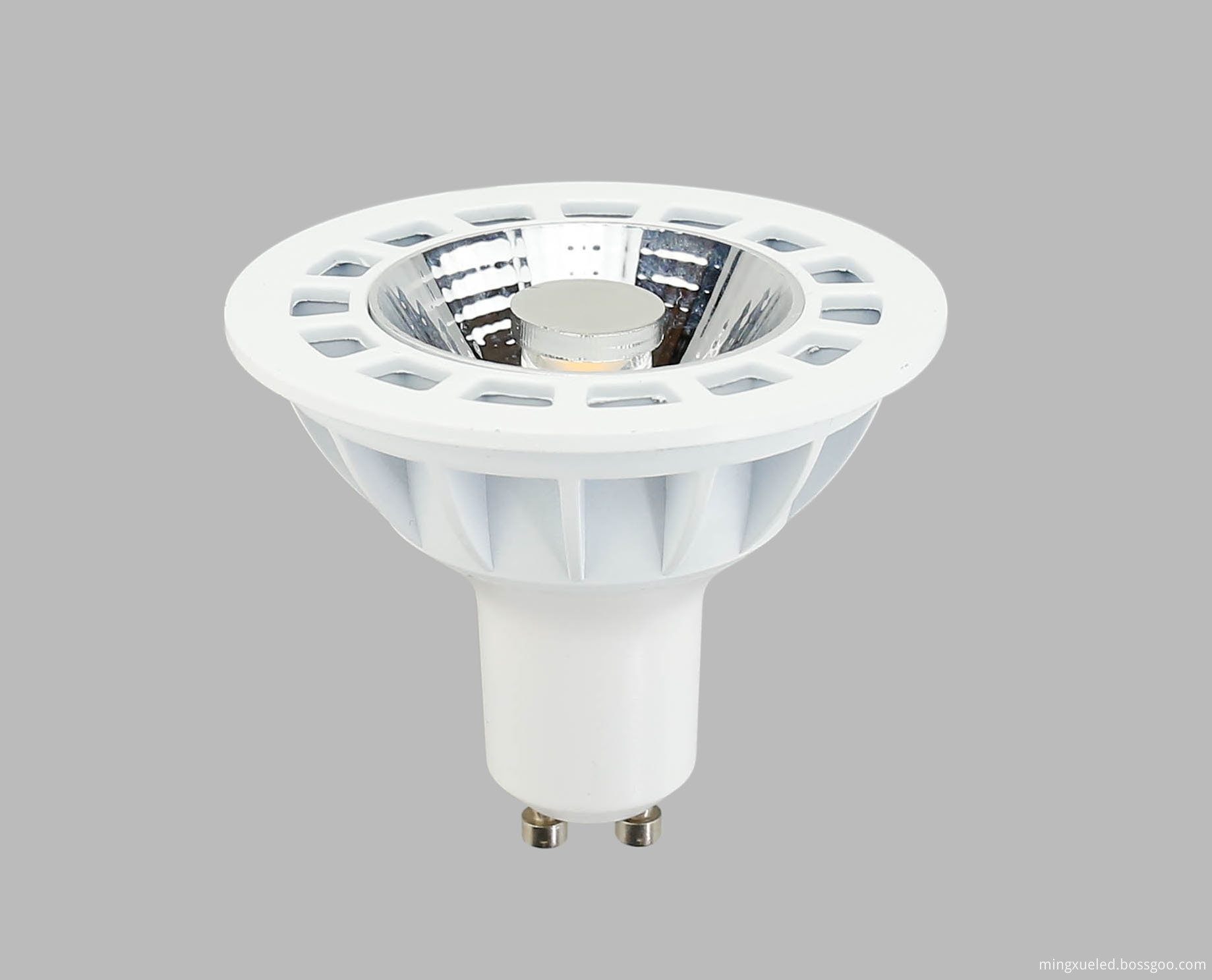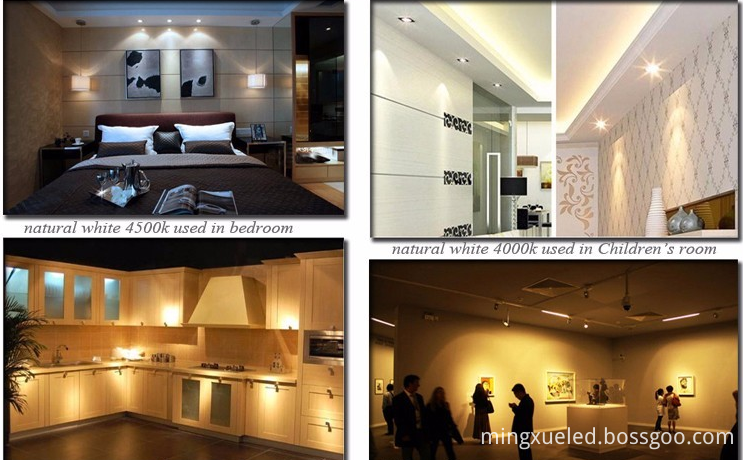LED lighting is quickly welcomed by users because of its high luminous efficiency, long service life, simple brightness control and environmental protection. As a new energy-saving light source, LED lamps will gradually replace traditional incandescent bulbs. The increasing popularity of LED lighting has placed increasing demands on dimming and control technology. The main concern of current users is that LED lamps must be safe to use, light in weight, long in life, and do not affect the health of users, and can be applied to existing dimming equipment and affordable prices.
To meet the user's wishes, the drive power conversion efficiency is high, the output current ripple is low, no optocoupler design is required, and the safety performance of the luminaire must be ensured when any dimmer is connected, whether it is a supported or unsupported model. . This poses a great challenge to the driving power of the LED. More and more LED luminaire manufacturers realize that the traditional driving method is difficult to meet all the requirements at the same time, and it is impossible to promote LED lights in large quantities. Digital power technology breaks through the limitations of traditional solutions, can integrate and optimize user requirements, and provides a complete solution for LED driver and dimming control. This article discusses the advantages of digital technology and the method of solving the problem for the specific design of LED lights.
1 LED drive technology
The high efficiency, no optocoupler-converted LED drive circuit converts energy from the AC grid to the DC form required for its own illumination. Energy is lost during the conversion process. The higher the conversion efficiency, the smaller the loss and the lower the heat dissipation requirement for the drive part. Most LED lamps use glue and aluminum heat sinks to solve the heat problem. For the user, a highly efficient driving scheme can reduce the heat dissipation cost of the driving circuit and reduce the weight of the LED lamp. Reducing the temperature rise of the circuit also helps to increase the service life of the LED lamp. The traditional isolated drive scheme uses an optocoupler to pass the secondary side current signal to the primary side controller to maintain a stable output current. The secondary side detection circuit increases the complexity, cost, and loss of the drive circuit. The use of optocouplers also reduces reliability. Therefore, mainstream LED lamp manufacturers have begun to use the primary side feedback technology without optocoupler. Currently, digital primary feedback technology has matured and is widely used. Digital control enables precise control of the output current without optocoupler feedback. Using transformer feedback waveforms, digital technology can also achieve valley turn-on to improve conversion efficiency.
a No optocoupler precise current control
Figure 1(a) shows a flyback converter with primary feedback. The current waveforms of the primary side and the secondary side are shown in Fig. 1(b). The average output current Iout=1/2XXXX, where Isp is the peak output current of the transformer secondary winding; Trst is the transformer magnetic recovery time; Tprd is the switching period. In the ideal case, the primary peak current Ipp = XXXX, where Np and Ns are the primary and secondary winding turns. Therefore, the output current Iout = XXXXXX. Now suppose that Iset is the design output current, and the digital controller can obtain the required output current by controlling the primary peak current Ipp=XXXXX.
b wave open control
The main purpose of the opening of the Valley is to achieve high efficiency. Figure 2 shows the voltage waveform coupled to the auxiliary winding of the transformer after the MOSFET is turned off. As shown in Figure 2, the transformer completes magnetic recovery at time T1. The magnetizing inductance and the MOSFET drain stray capacitance then begin to resonate. The lowest switching loss can be achieved if the turn-on of the MOSFET is at the valley T3 of the drain-source voltage resonance. At the same time, the reduction of electromagnetic interference is beneficial to improve the efficiency of the input filter. Using digital technology to analyze the voltage waveform on the auxiliary winding, the function of the wave opening can be realized very simply.
AR70 7w DIM Spotlight features:
A. Lifespan: more than 40,000hr;
B. Indoor lighting for domestic using;
C. Fast light brighting,no dely and flicker;
D. Energy-saving: saving 80% than the ordinary lamp;
E. Green and health protection,no pollutio,more comfortable for our vision.

Ar70 7W Dim Spotlight advantages:
A. Passed EMC,LVD and ROHS certification;
B. Environment-friendly and no UV or IR radiation;
C. Wide range of available operating voltage and low consumption;
D. Easy to install and maintain,replacement of traditional bulbs and no subsidiary fixture.
AR70 7w DIM Spotlight application area:
A. Basic commercial lighting;
B. Generally matching in downlight, celling light, household lighting etc;
C. Shopping, lighting, specialty lighting, hotel lighting, office lighting, home light;
D. Commercial show windows and bars, airport, subway, cloverleaf junction and architecture field.

Mingxue Optoelectronics Co.,Ltd. has apply the I S O 9 0 0 1: 2 0 0 8 international quality management system certificate, For AR70 7w DIM Spotlight we apply the CE, RoHS and SAA certificate for our led lighting product.


AR70 7w DIM Spotlight
Ar70 7W Dim Spotlight,Ar70 Dim Spotlight,12V Ar70 Dim Spotlight,Cob Led Dimmable Led Ar70 Spotlights
Shenzhen Mingxue Optoelectronics CO.,Ltd , http://www.led-lamp-china.com